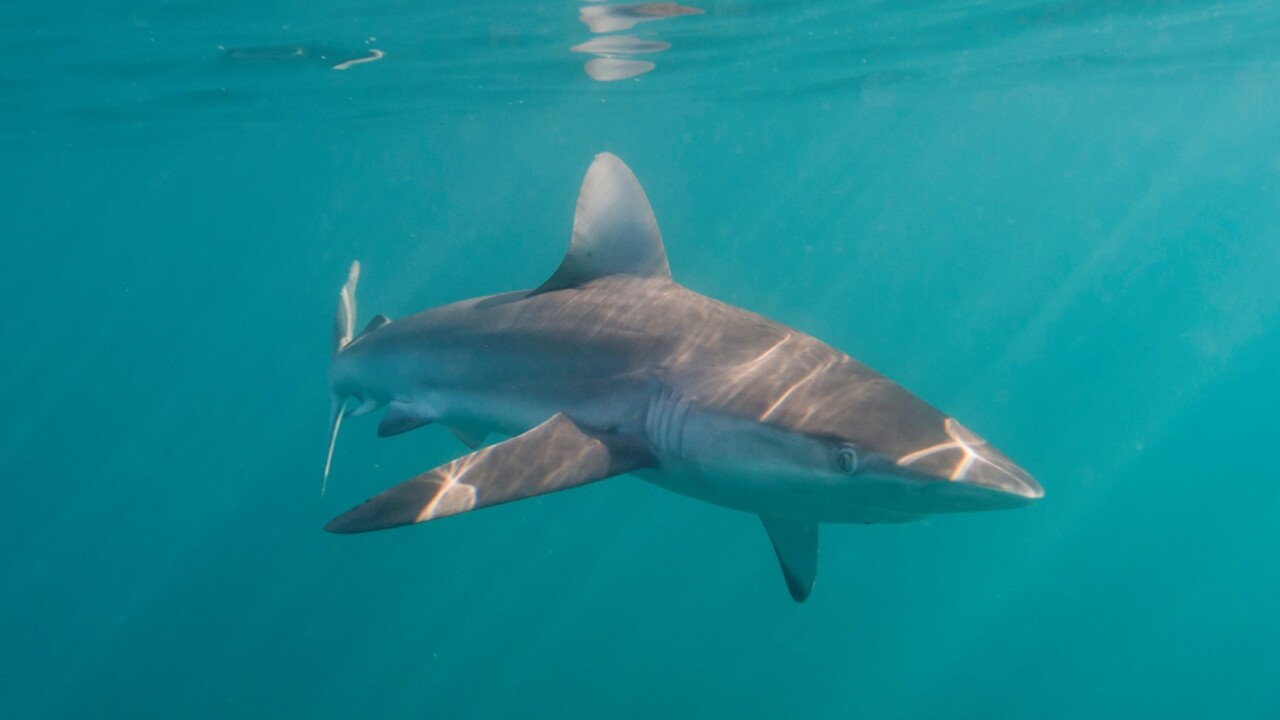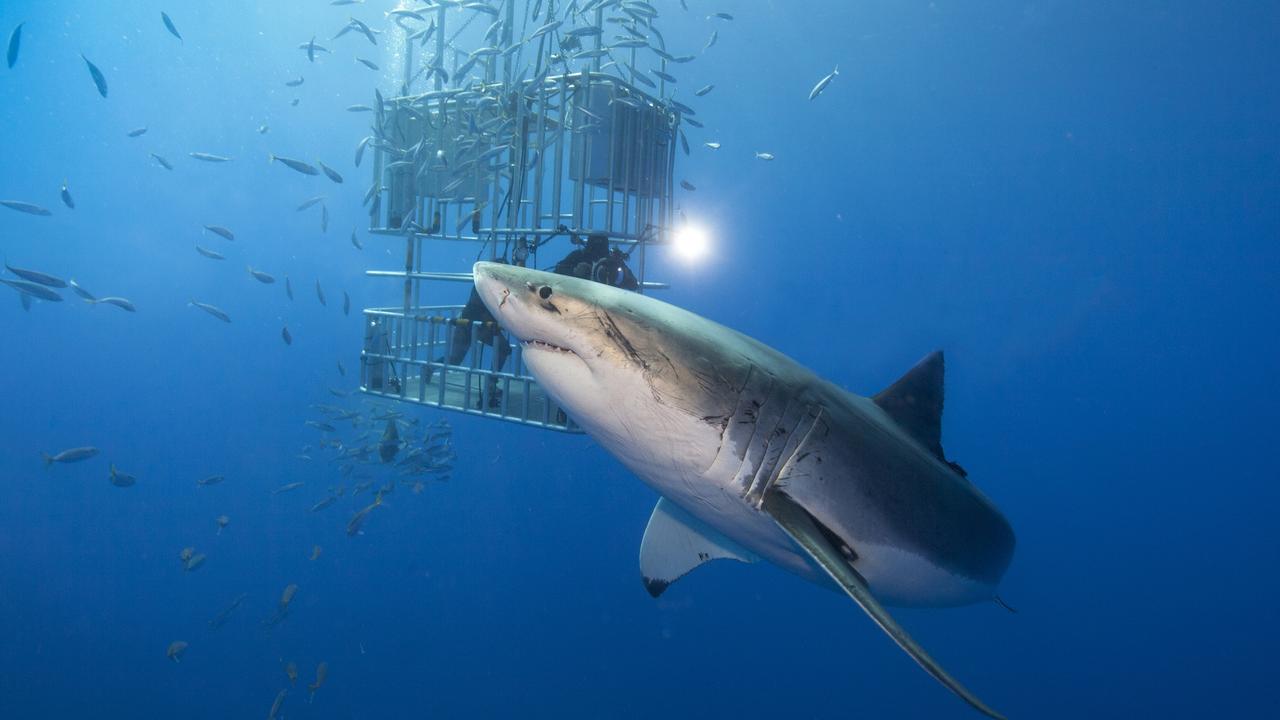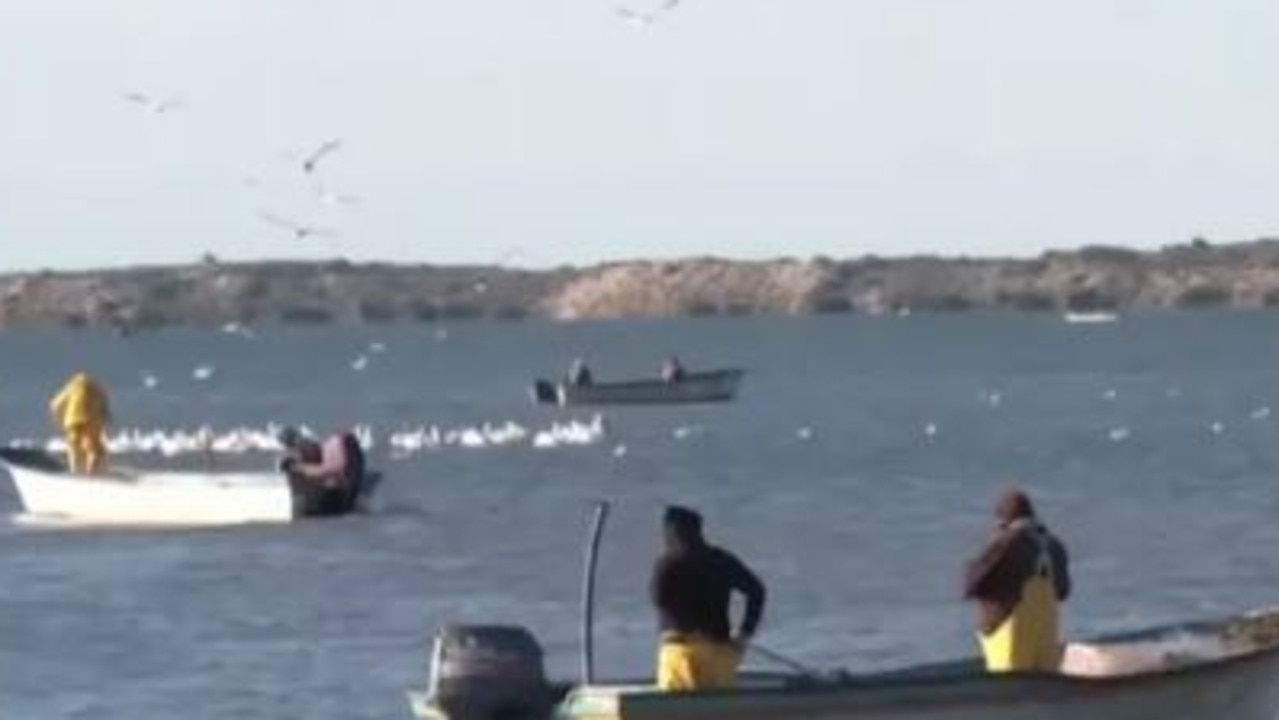Fisherman dies after having leg bitten off by great white shark while diving for scallops
A young fisherman swimming off a popular beach in Mexico has had his leg ripped off in a deadly shark attack that experts say could’ve been avoided.

A young fisherman diving for scallops in the Pacific Ocean off the Mexican coast was mauled and killed by a four-metre great white shark, authorities said.
The victim, identified by local media outlets as 22-year-old Victor Alejandro Soto Garcia, was attacked by the predator on December 29 in The Gulf of California near Playa Tojahui, a popular tourist beach in the town of Huatabampo, Sonora state, according to Mexico News Daily.
He was free-diving when a great white bit off his left leg, according to reports.
“The body of the young man was taken by his fishermen colleagues to the pier in Yavaros,” the Sonora Civil Protection agency CEPC said.

Despite lifesaving efforts, Garcia died on the spot.
Garcia was not wearing a shark-repellent bracelet at the time of the deadly attack, agency officials said.
Such devices emit electronic signals or chemicals that are intended to keep sharks from approaching people in the water.

Some 100 anti-shark bracelets were handed out to local fishermen in Sonora state last year.
In the wake of the deadly incident, the Sonora Civil Protection agency urged fishermen to “have the necessary preventive measures to carry out their activities.”
Five scallop fishermen were killed by sharks off the coast of Sonora in 2022 and 2023, according to El Financiero.

Just weeks before Garcia’s death, a 76-year-old Belgian man was killed by either a shark or a crocodile at a beach in Ixtapa, Guerrero.
In early December, a 26-year-old mother’s life was claimed by a shark in the water off the town of Melaque as she was boosting her child onto a floating platform. Fernandez Martinez Jimenez, a former marine biology student at the University of Guadalajara, bled to death after the marine predator chomped off her leg.
This article originally appeared on the New York Post and has been republished with permission



